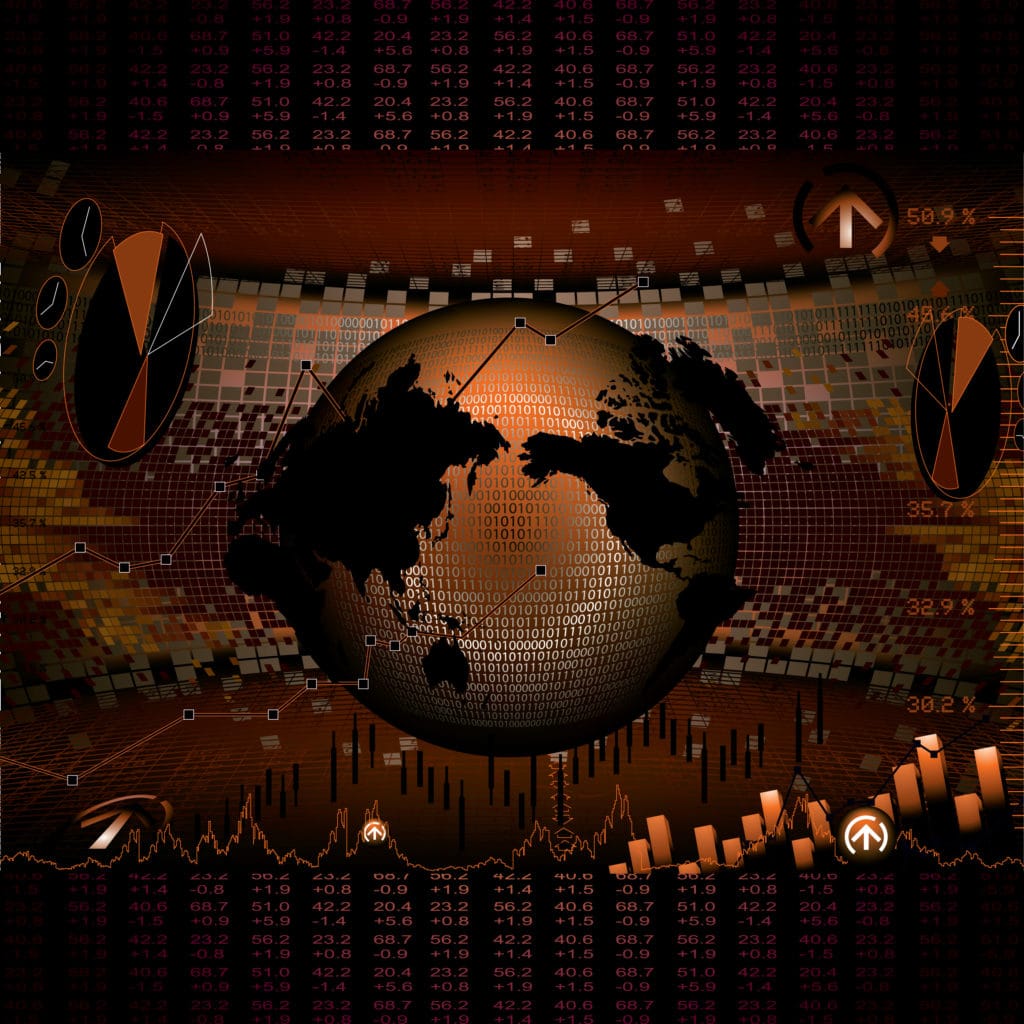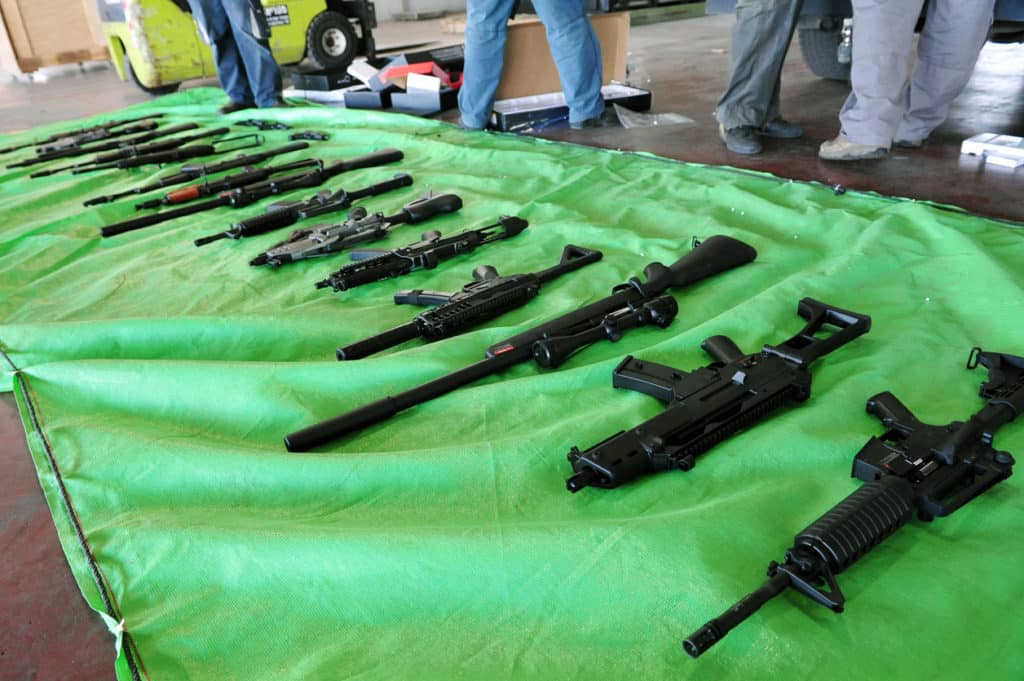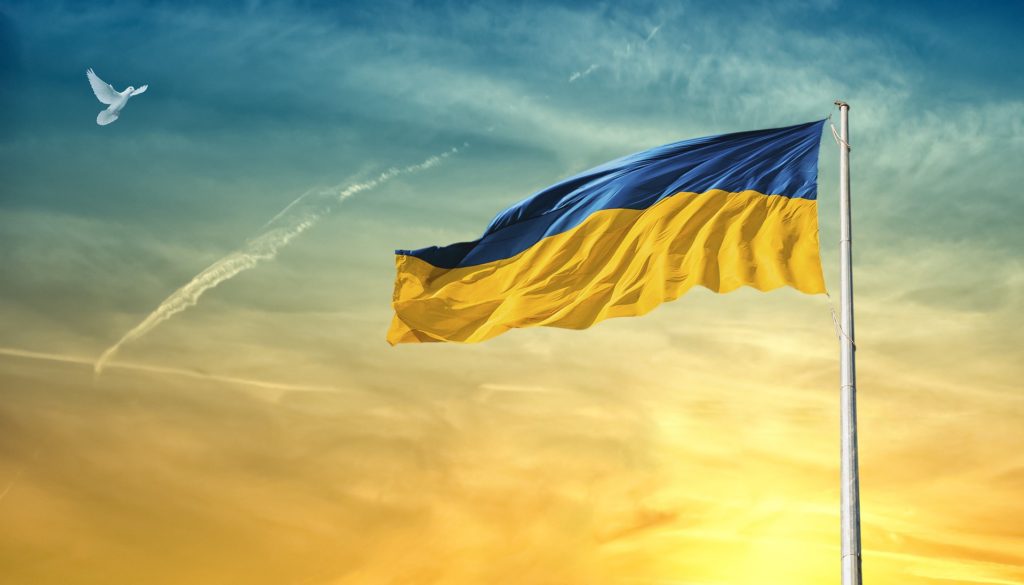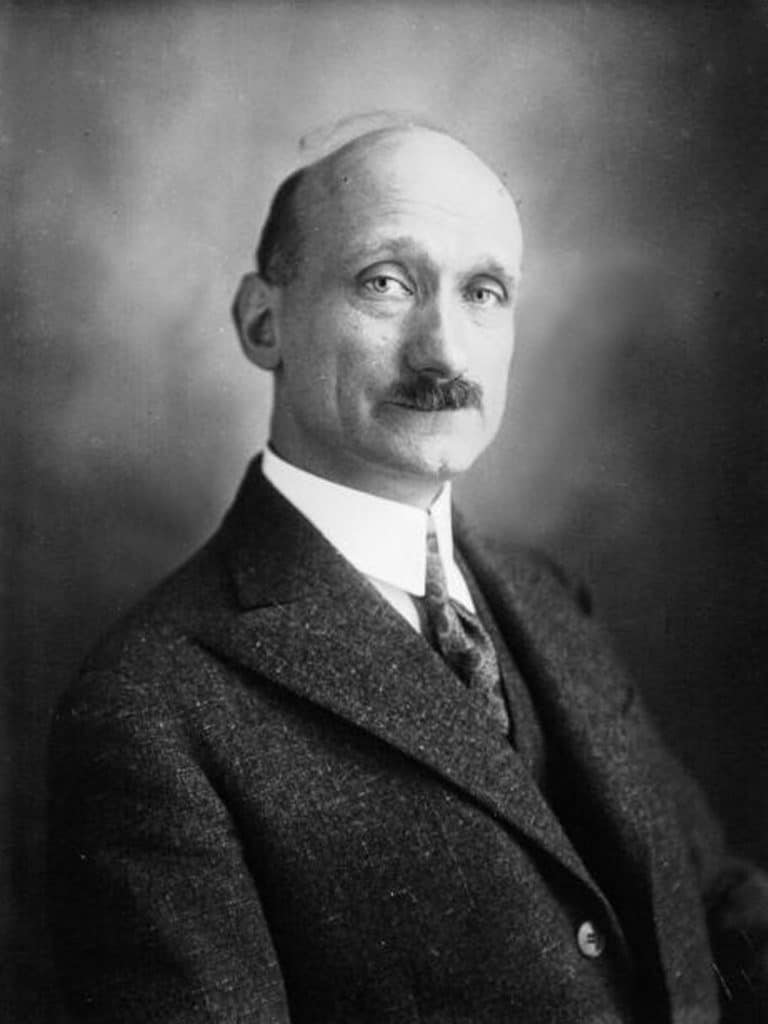Den amerikanske frilansjournalisten Bruce Bawer skrev denne artikkelen om Norge i New York Times. Bawer utfordrer bildet av Norge og nordmenn som verdens rikeste.
NY Times
April 17, 2005
PERSPECTIVE
We’re Rich, You’re Not. End of Story.
By BRUCE BAWER
OSLO — THE received wisdom about economic life in the Nordic countries is easily summed up: people here are incomparably affluent, with all their needs met by an efficient welfare state. They believe it themselves. Yet the reality – as this Oslo-dwelling American can attest, and as some recent studies confirm – is not quite what it appears.
Even as the Scandinavian establishment peddles this dubious line, it serves up a picture of the United States as a nation divided, inequitably, among robber barons and wage slaves, not to mention armies of the homeless and unemployed. It does this to keep people believing that their social welfare system, financed by lofty income taxes, provides far more in the way of economic protections and amenities than the American system. Protections, yes -but some Norwegians might question the part about amenities.
In Oslo, library collections are woefully outdated, and public swimming pools are in desperate need of maintenance. News reports describe serious shortages of police officers and school supplies. When my mother-in-law went to an emergency room recently, the hospital was out of cough medicine. Drug addicts crowd downtown Oslo streets, as The Los Angeles Times recently reported, but applicants for methadone programs are put on a months-long waiting list.
In Norway, the standard line is that there must be some mistake, that such things simply should not happen in «the world’s richest country.» Why do Norwegians have such a wealthy self-image? Partly because, compared with their grandparents (who lived before the discovery of North Sea oil), they are rich. Few, however, question whether it really is the world’s richest country.
After I moved here six years ago, I quickly noticed that Norwegians live more frugally than Americans do. They hang on to old appliances and furniture that we would throw out. And they drive around in wrecks. In 2003, when my partner and I took his teenage brother to New York – his first trip outside of Europe – he stared boggle-eyed at the cars in the Newark Airport parking lot, as mesmerized as Robin Williams in a New York grocery store in «Moscow on the Hudson.»
One image in particular sticks in my mind. In a Norwegian language class, my teacher illustrated the meaning of the word matpakke – «packed lunch» – by reaching into her backpack and pulling out a hero sandwich wrapped in wax paper. It was her lunch. She held it up for all to see.
Yes, teachers are underpaid everywhere. But in Norway the matpakke is ubiquitous, from classroom to boardroom. In New York, an office worker might pop out at lunchtime to a deli; in Paris, she might enjoy quiche and a glass of wine at a brasserie. In Norway, she will sit at her desk with a sandwich from home.
It is not simply a matter of tradition, or a preference for a basic, nonmaterialistic life. Dining out is just too pricey in a country where teachers, for example, make about $50,000 a year before taxes. Even the humblest of meals – a large pizza delivered from Oslo’s most popular pizza joint – will run from $34 to $48, including delivery fee and a 25 percent value added tax.
Not that groceries are cheap, either. Every weekend, armies of Norwegians drive to Sweden to stock up at supermarkets that are a bargain only by Norwegian standards. And this isn’t a great solution, either, since gasoline (in this oil-exporting nation) costs more than $6 a gallon.
All this was illuminated last year in a study by a Swedish research organization, Timbro, which compared the gross domestic products of the 15 European Union members (before the 2004 expansion) with those of the 50 American states and the District of Columbia. (Norway, not being a member of the union, was not included.)
After adjusting the figures for the different purchasing powers of the dollar and euro, the only European country whose economic output per person was greater than the United States average was the tiny tax haven of Luxembourg, which ranked third, just behind Delaware and slightly ahead of Connecticut.
The next European country on the list was Ireland, down at 41st place out of 66; Sweden was 14th from the bottom (after Alabama), followed by Oklahoma, and then Britain, France, Finland, Germany and Italy. The bottom three spots on the list went to Spain, Portugal and Greece.
Alternatively, the study found, if the E.U. was treated as a single American state, it would rank fifth from the bottom, topping only Arkansas, Montana, West Virginia and Mississippi. In short, while Scandinavians are constantly told how much better they have it than Americans, Timbro’s statistics suggest otherwise. So did a paper by a Swedish economics writer, Johan Norberg.
Contrasting «the American dream» with «the European daydream,» Mr. Norberg described the difference: «Economic growth in the last 25 years has been 3 percent per annum in the U.S., compared to 2.2 percent in the E.U. That means that the American economy has almost doubled, whereas the E.U. economy has grown by slightly more than half. The purchasing power in the U.S. is $36,100 per capita, and in the E.U. $26,000 – and the gap is constantly widening.»
The one detail in Timbro’s study that didn’t feel right to me was the placement of Scandinavian countries near the top of the list and Spain near the bottom. My own sense of things is that Spaniards live far better than Scandinavians. In Norwegian pubs, for example, anyone rich or insane enough to order, say, a gin and tonic is charged about $15 for a few teaspoons of gin at the bottom of a glass of tonic; in Spain, the drinks are dirt-cheap and the bartender will pour the gin up to the rim unless you say «stop.»
In late March, another study, this one from KPMG, the international accounting and consulting firm, cast light on this paradox. It indicated that when disposable income was adjusted for cost of living, Scandinavians were the poorest people in Western Europe. Danes had the lowest adjusted income, Norwegians the second lowest, Swedes the third. Spain and Portugal, with two of Europe’s least regulated economies, led the list.
Most recently, the Danish Ministry of Finance released a study comparing the income available for private consumption in 30 countries. Norway did somewhat better here than in the KPMG study, lagging behind most of Western Europe but at least beating out Ireland and Portugal.
The thrust, however, was to confirm Timbro’s and Mr. Norberg’s picture of American and European wealth. While the private-consumption figure for the United States was $32,900 per person, the countries of Western Europe (again excepting Luxembourg, at $29,450) ranged between $13,850 and $23,500, with Norway at $18,350.
Meanwhile, the references to Norway as «the world’s richest country» keep on coming. An April 2 article in Dagsavisen, a major Oslo daily, asked: How is it that «in the world’s richest country we’re tearing down social services that were built up when Norway was much poorer?»
Obviously, this is one misconception that won’t be put to rest by a measly think-tank study or two.





